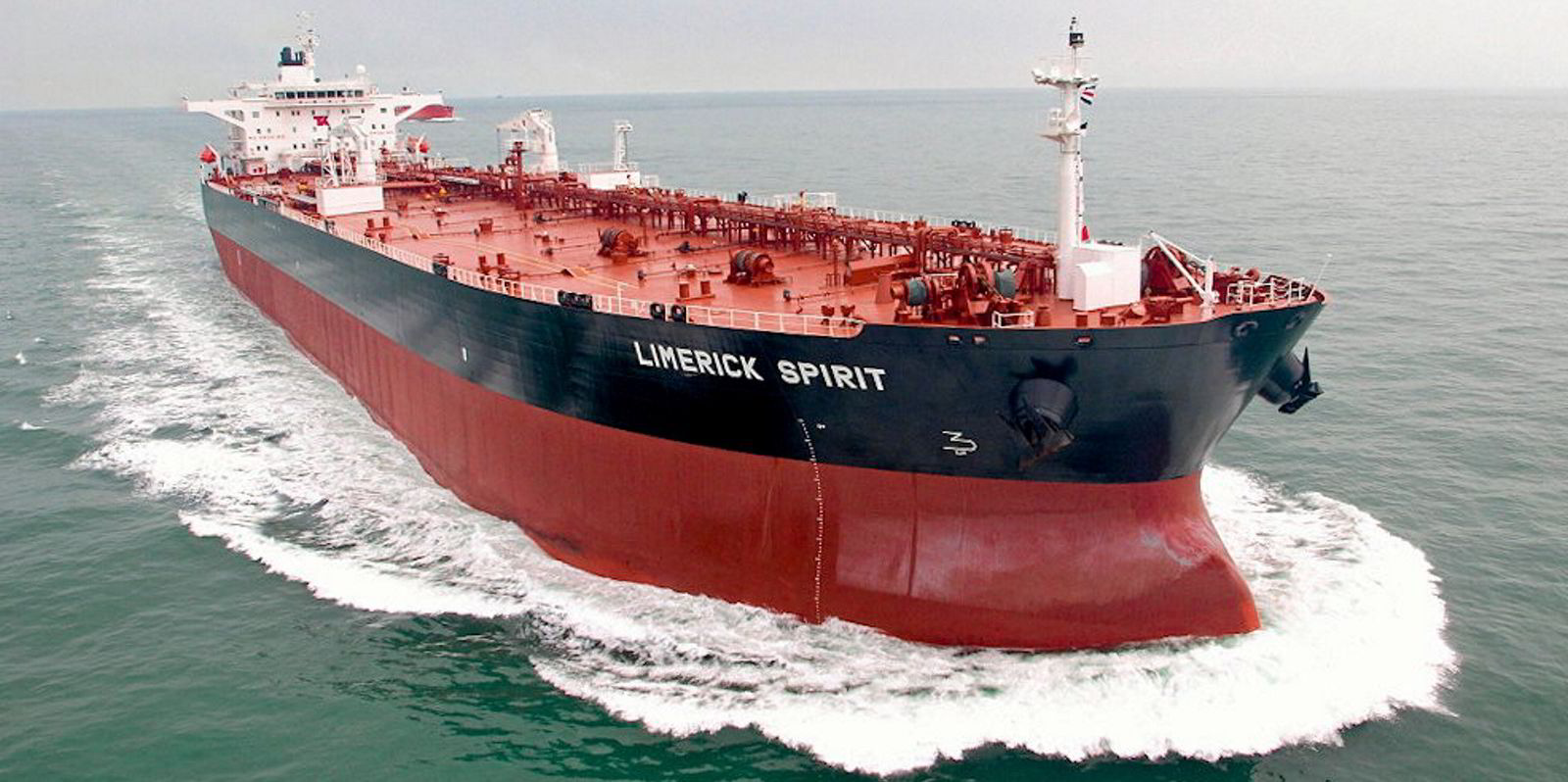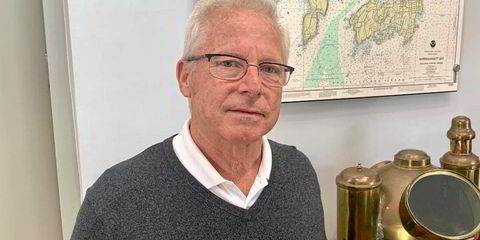Canada’s Teekay Corp says it is making good progress towards decarbonisation targets, but results vary for different tanker types.
The parent group said its Teekay Tankers division continues to invest in energy efficiency.
The entire fleet of 44 ships is now coated with high-performance silicone hull paints and Mewis Ducts continue to be installed to reduce drag.
Since the 2008 baseline, emissions intensity has decreased 26% for the suezmaxes and 13% for aframaxes.
The slower pace of progress for the smaller ships is down to a larger portion of this fleet being engaged in ship-to-ship lightering services in recent years.
This results in higher Energy Efficiency Operational Indicator (EEOI) values compared to conventional trading patterns, the owner said.
The annual efficiency ratio (AER) for aframaxes actually rose in 2022 to 5.2 grams of CO2/dwt-mile, from 5.13 in 2021.
The figure for suezmaxes was down to 3.42 gCO2/dwt-mile, from 3.49 the year before.
AER is defined as the ratio of the annual CO2 emissions of a ship divided by the product of the distance sailed and the deadweight.
Teekay Tankers aims to meet the IMO's target of cutting energy intensity by at least 40% by 2030.
CII in focus
“We have made good progress and are well-positioned to comply with the Energy Efficiency Existing Ship Index (EEXI) requirements in 2023,” the company said in its 2022 sustainability report.
“We also recognise that ongoing efforts will be needed to achieve our 2030 target. In the years ahead, we will continue to test and implement successful energy efficiency initiatives across our fleet and will continue to investigate new technologies to reduce emissions,” Teekay Corp added.
Teekay Tankers chief executive Kevin Mackay said work is well underway to comply with the IMO's Carbon Intensity Indicator (CII) measure.
“We are working to ensure that all our vessels will be fully compliant by the enforcement date at the end of 2023,” he added.
Teekay is working with optimisation company ZeroNorth and class society DNV to build a CII predictor tool for use by its commercial teams.
Mackay also said good results have been seen from tests of “several new and exciting projects” that will further enhance fuel economy.
But no further details were provided.





